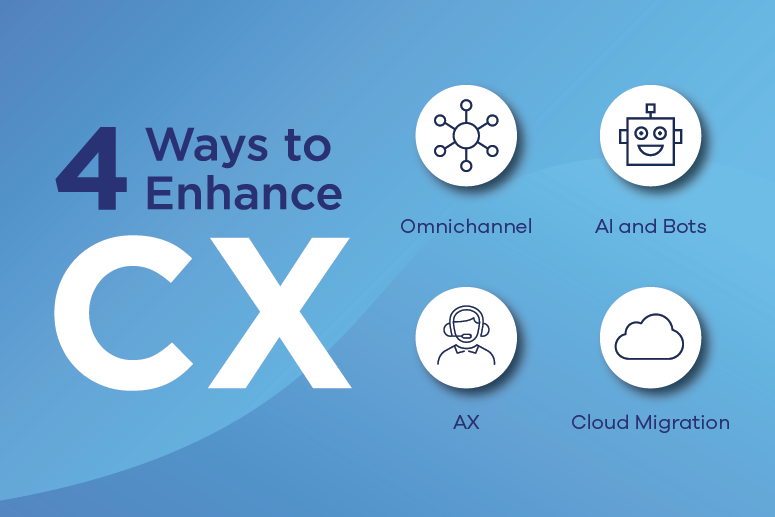The term “customer experience” (CX) should be top of mind for every company, in every vertical market. By thinking strategically about how they interact with customers and the experiences they deliver, organizations can increase customer lifetime value and retention rates.
CX is the sum of all the interactions and touchpoints — the customer journey — a customer has with a business or brand and its products or services. The customer journey generally begins when a customer starts researching a product/service, and continues through the purchase stage, to ongoing service and support, to repeat purchases… throughout the lifetime of the relationship. A business has an opportunity to create a better relationship and build long-term customer loyalty at each touchpoint.
Responsibility for ensuring a positive CX runs throughout an organization, from sales, marketing, and engineering to finance, accounting, and beyond. Does the product work well? Is it easy to use? Is the invoice or bill too difficult and complex to understand? The list of questions goes on. The departments and individuals that are most customer-facing are key to CX success or failure; this is why contact centers responsible for servicing customers before, during, and after the buying process are such an essential part of an overall CX strategy.
Enhancing CX Through the Contact Center
When it comes to contact centers and customer service, there’s a variety of ways to enhance the customer experience.
- Support Omnichannel Capabilities — Consider an omnichannel strategy to support the various interaction channels your customers want to use. These can include webchat, email, social media, and messaging apps such as Facebook Messenger, WeChat, WhatsApp, and Apple Business Chat. With omnichannel designed right, as customers go from one channel to another, agents have access to the content and context from the previous interactions regardless of channel. In addition to “meeting your customers where they are,” a key benefit is reducing frustration, as customers don’t have to repeat their questions or issues when transferred from one agent to another on a different interaction channel.
- AI and Bots — Use AI capabilities to assist agents, while deploying interactive chatbots to provide 24/7 service to customers. Customer-facing chatbots can answer basic questions, then transfer the interaction to a live agent as questions get more complex. The agent receives the interaction history so the interaction can continue seamlessly. Behind the scenes, agent-facing bots can listen in or watch an interaction, jumping in to look up information, fill out forms, and assist with processes that would otherwise distract from focusing on the customer interaction. In addition, these agent assist bots can suggest the next best action, allowing agents to provide customers with the information they need in a timely manner.
- Focus on the Agent Experience — Happy agents lead to happy customers. Improving the agent experience can have a direct impact on the customer experience, leading to more satisfied and loyal customers. Workforce engagement management tools for employee performance and forecasting and scheduling, as well as gamification, can help agents feel more empowered, engaged, and motivated.
- Move to the Cloud — Cloud-based contact center services provide more flexibility and scale, while making it easier to add new capabilities and features, than on-premises systems. In fact, most contact center vendors are becoming “cloud first” and introducing new functions for their cloud offerings before adding them to their premises-based offerings. A majority of contact center vendors have moved or are moving to public cloud, microservices-based platforms that allow for continual updates automatically rolled out to customers.
Organizations can and should be thinking about each of these tactics now, if they haven’t already. While some companies may not be ready for AI or omnichannel, they should at least be researching and investigating options in these areas to help them move forward. Moving to the cloud is clearly on the minds of many organizations, and for most, it’s not a question of if, but when and how swiftly they can make the move. Smaller organizations and contact centers can migrate to cloud solutions relatively quickly, while larger enterprises and contact centers might need to migrate in stages.
In this
whitepaper, discover more ways to overcome risks and successfully migrate to a cloud-based contact center.










